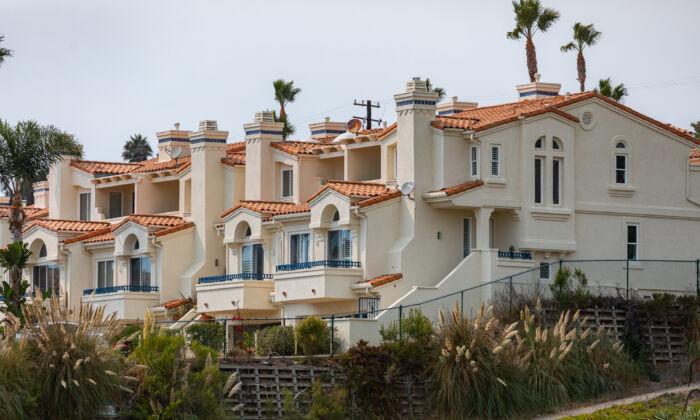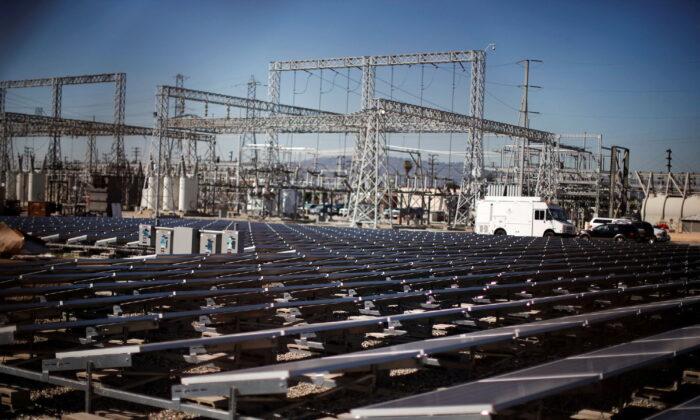Home prices keep going up. But for how long?
For the first time, in March the median home price in Orange County soared above $1 million, according to the research group DQNews/CoreLogic. Los Angeles County was $840,000. Throughout all Southern California, it was $735,000.
But there’s a good chance prices have peaked. Prices largely depend on monthly mortgage payments, and homeowners’ ability to pay them. Higher rates make it harder to make those payments.
Yet that number also is well below inflation, currently running at 8.5 percent a year. When inflation last was that high, 40 years ago, the Fed under Chairman Paul Volcker pushed the rate up to 19.1 percent in June 1981.
The rate also rose to 5.26 percent in July 2007, during a time of just 3.7 percent inflation, less than half what we have now.
California Is Not a Nation-State
This process shows how California is not a “nation-state,” as Gov. Gavin Newsom and so many others sometimes describe it to inflate their own worth. California does not have its own currency, nor any control over the value of the U.S. dollar.The state does have control over housing prices through its overly restrictive regulations, especially the California Environmental Quality Act. But the wide swings in interest rates are far more important.
The root problem is the Fed maintained its ZIRP for far too long. Using the Zero Interest Rate Policy is supposed to be a short-term remedy to “jump start” the economy during a recession. Interest rates went close to zero in Jan. 2009—and stayed there an incredible seven years, until January 2016. No wonder home prices soared. Families financed and refinanced in record numbers. Increased demand inevitably drove up the base price of homes.
ZIRP Damage
A major problem with ZIRP is it makes it difficult for people, especially the poor and middle class, to save money. Most people have a savings account at a local bank or S&L. It’s often used even by savvy investors to “park” money between investments. Many people also use it as their only way to save money.Under ZIRP, these savings accounts pay zero interest. When inflation is 8.5 percent, that means the savings account isn’t “saving,” but losing. It means people can’t save for a new home or car, or to start a business. The insidiousness of inflation destroys the value of what they earned and hoped to invest somewhere productive.
Traditionally, that’s why the Fed rate was 2 percentage points above inflation. Which ought to put it today at 10.5 percent. Obviously, that’s not going to happen—yet. Because doing so right away would cause not just a recession, but a depression, as happened 40 years ago.
I remember that time. I was honorably discharged from the U.S. Army in February 1982 after four years of service and came back to a Michigan with 16 percent unemployment. There were no jobs. I left my home state, never to return except for brief vacations.
Today, how the Fed deals with this crisis is anyone’s guess. But what’s certain is more turmoil for home prices in the “nation state” of California.






